Search Results for 'Wandsworth Prison'
5 results found.
A lone figure at Bohermore cemetery
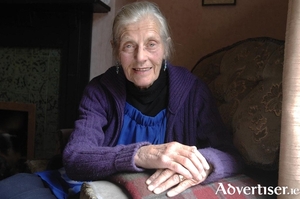
William Joyce recorded his final broadcast on April 30 1945 as the last great battle of the war raged. Russian troops, after a desperate struggle, finally wrenched Berlin from the grip of the Nazis. The once great city was then little more than streets of rubble. In an iconic World War II photograph Soviet troops fly the Soviet flag over the Reichstag May 2 1945.
The boy from the Jes, who became the voice of Germany
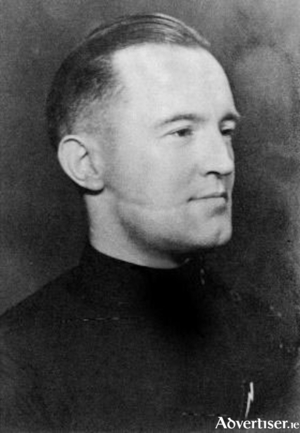
The late Billy Naughton, College Road, said he spluttered into his cup of tea, when he instantly recognised the upper-class, nasal drawl, of William Joyce reporting continuous Nazi victories on Radio Hamburg, Reichsrundfunk, during its English-language broadcast in October 1939. He was ridiculed as ‘Lord Haw-Haw’ and was the butt of Musical Hall jokes, yet he was listened to and despised for his clever mix of fact and lies.
The end of the line
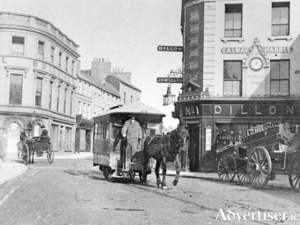
Fifteen years before the Galway-Clifden railway started, the first light-rail track laid in Galway was the tram service to Salthill. For more than 39 years a series of horse-drawn trams ran from the depot in Forster Street, along the east and south sides of Eyre Square, heading west through Shop Street and Dominick Street, over the bridge, and along the Salthill road. Then it was in the countryside with open fields and thatched cottages. The line came to an end at the Eglinton Hotel (now a hostel), where the horse was switched to the other end of the tram for the return journey. The Eglinton became Europe’s most westerly tram terminus.
The names on the Autograph Tree at Coole
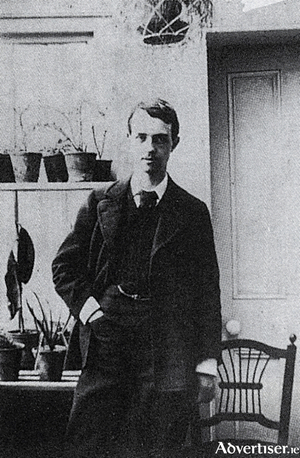
It may seem out of place that the name Robert (known as Robbie) Ross is associated with probably the best known literary monument in Ireland, namely the autograph tree at Coole Park. With the exception of two soldiers’ names, all 24 others are poets, writers and artists all of whom Lady Gregory believed were worthy to be included in her particular and original ‘hall of fame.’
Liam Ó Briain, Irish rebel
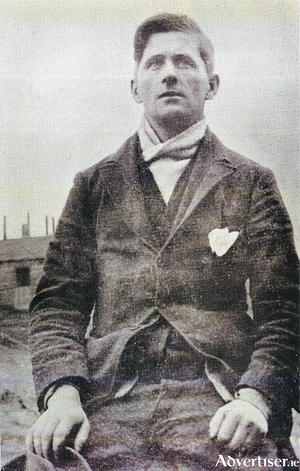
Liam Ó Briain was born in Dublin in 1888. In 1916 he helped print the Proclamation and he served with Michael Mallin in the College of Surgeons during the Rising. He was subsequently interned in Wandsworth Prison and in Frongoch. In 1917 he was appointed professor of romance languages in UCG. He was jailed in Belfast in 1919/20. When he returned to Galway he was appointed as a judge in the Republican Courts In late 1920, he was having dinner in college when he was arrested by the Black and Tans, and jailed for 13 months in Galway and the Curragh. Some of his experiences in prison are vividly described in a recently published book.

